How are Drones Used for Asset and Infrastructure Inspection?
As our infrastructure continues to age, it is essential to develop innovative methods for inspecting and maintaining it. Drones have b
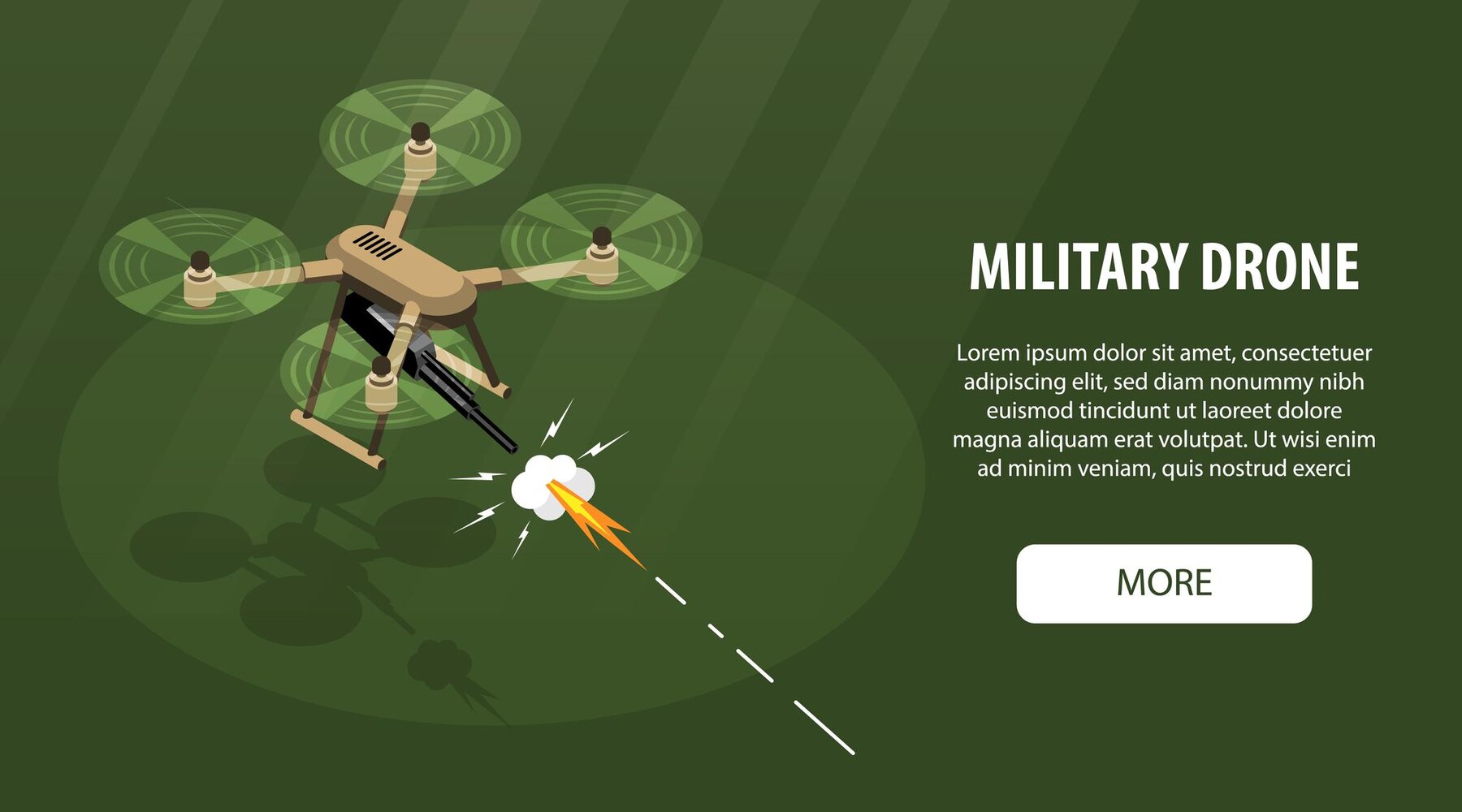
The use cases of drones have expanded rapidly in nearly every sector worldwide. Whether it's commercial applications or military applications, drones are making their presence felt. The size of drones varies according to their applications and use cases, ranging from micro drones to large drones. This blog will discuss the importance of military drones and their applications in contemporary defence scenarios worldwide.

Drones have become an important part of the military; they can deploy different drones for specific missions. There are different types of drones used in militaries worldwide:
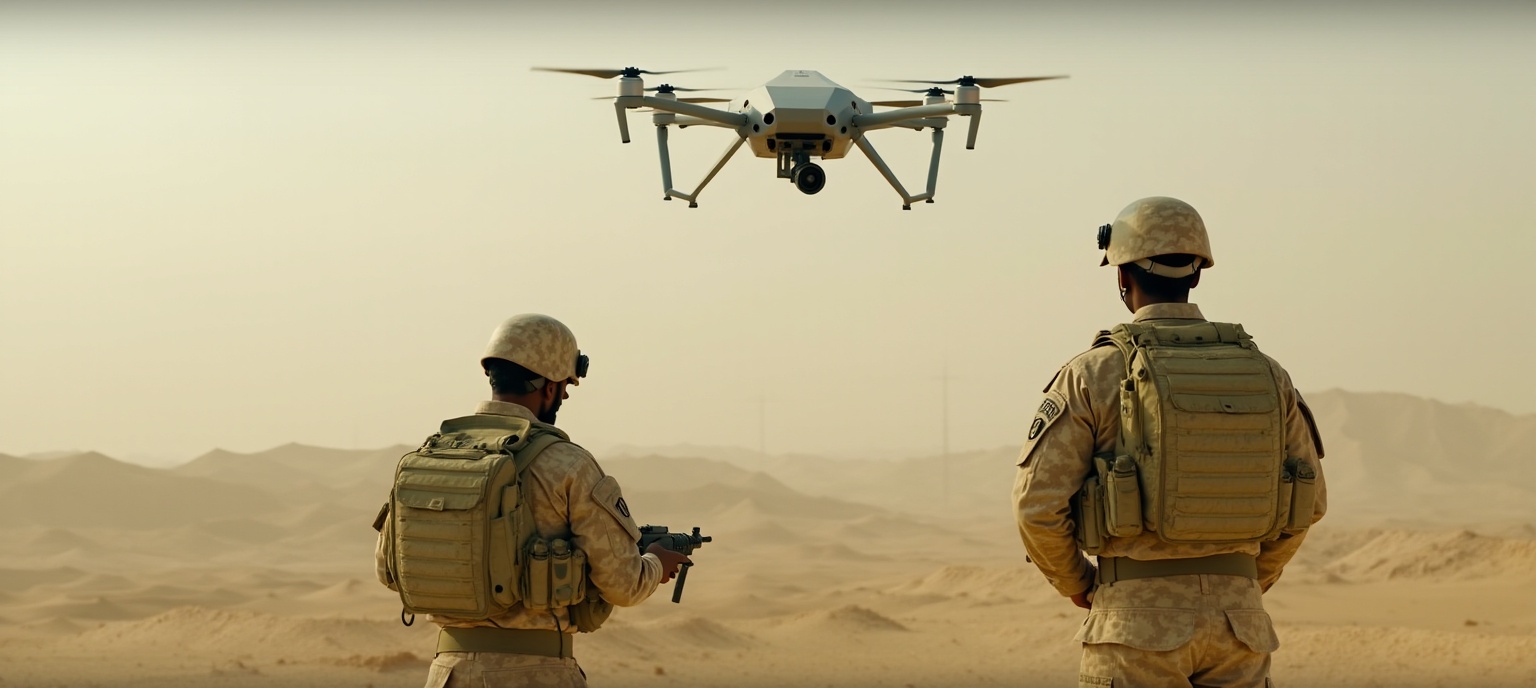
Since their introduction to the military-industrial complex, drones have changed defence operations. While the concept of drones is not new, it has various advantages. Drones have enhanced military capabilities. It will also change military warfare through the following:
Better Reconnaissance Surveillance and Target Acquisition (RSTA)
Drones provide commanders on the ground with instantaneous information on the positions, terrain, and movements of targets. Compared to high-altitude aircraft, drones can take videos from closer distances without compromising the quality of both video and photos.
Reduced Cost
Drones are economical than aircraft in terms of both primary cost and ongoing upkeep. Because drones are unmanned, they also decrease the risk of pilots being injured mid-flight.
Increased Convenience
Associated with conventional aircraft, drones are faster to deploy. They are easier to operate and need less wide-ranging training than most aircraft. Moreover, many drones don’t need a runway, and some types can even be easily carried in a backpack.
Increased Safety
Drones can offer instantaneous information without putting themselves in harm's way. Moreover, this info informs commanders on where to position their troops to guarantee safety.
Increased Flexibility
Military forces should always be prepared for any contingency. While the military-industrial complex has advanced technology that prioritizes this need, drones are the best example. Moreover, drones can be fully automated. Today, several Military Warfare industries develop drone technology integrated into more military programs worldwide. They provide several benefits and advantages, making them extremely useful for various roles.
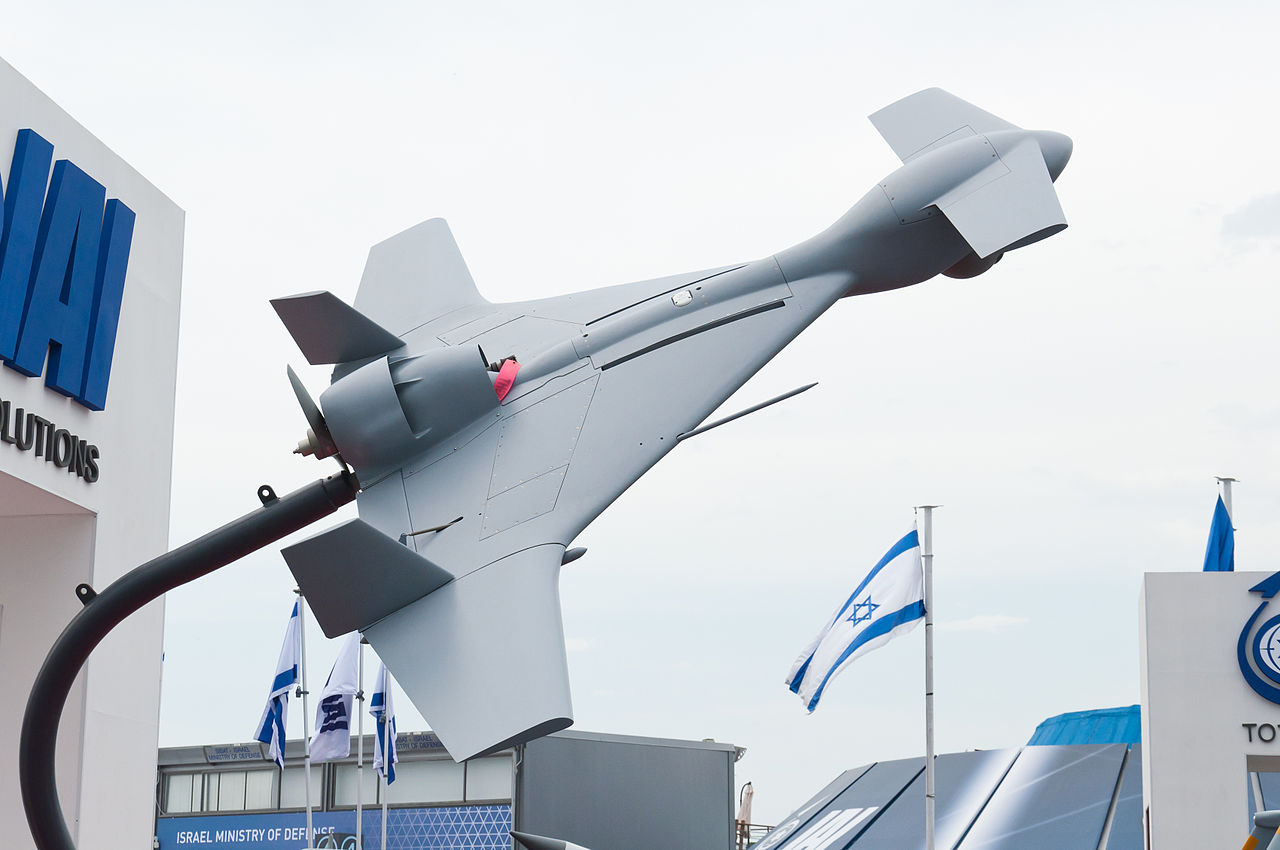
This drone, developed by Israel Aerospace Industries, marks a significant shift in the way contemporary militaries approach high-value targets. Intended as a loitering munition, this hybrid of a drone and a missile is proficient in autonomous reconnaissance, target identification, and deadly strikes, all without prior intelligence input. With the increasing number of operators, including those from India and Azerbaijan, HAROP is quickly becoming a vital player in precision warfare.
The HAROP is a long-range loitering munition advanced by IAI’s MBT Missiles Division. It is a second-generation system that builds upon earlier platforms, such as the HARPY. The HAROP is both a surveillance tool and a weapon, due to its instantaneous intelligence capabilities and built-in explosive payload.
The drone can loiter over an area for up to 9 hours. If no target is identified, it can return safely, allowing for reuse under some conditions. Upon confirming the target, for example, a radar installation, command centre, or air defence system, the drone dives into it, destroying the object with its 23-kg warhead.

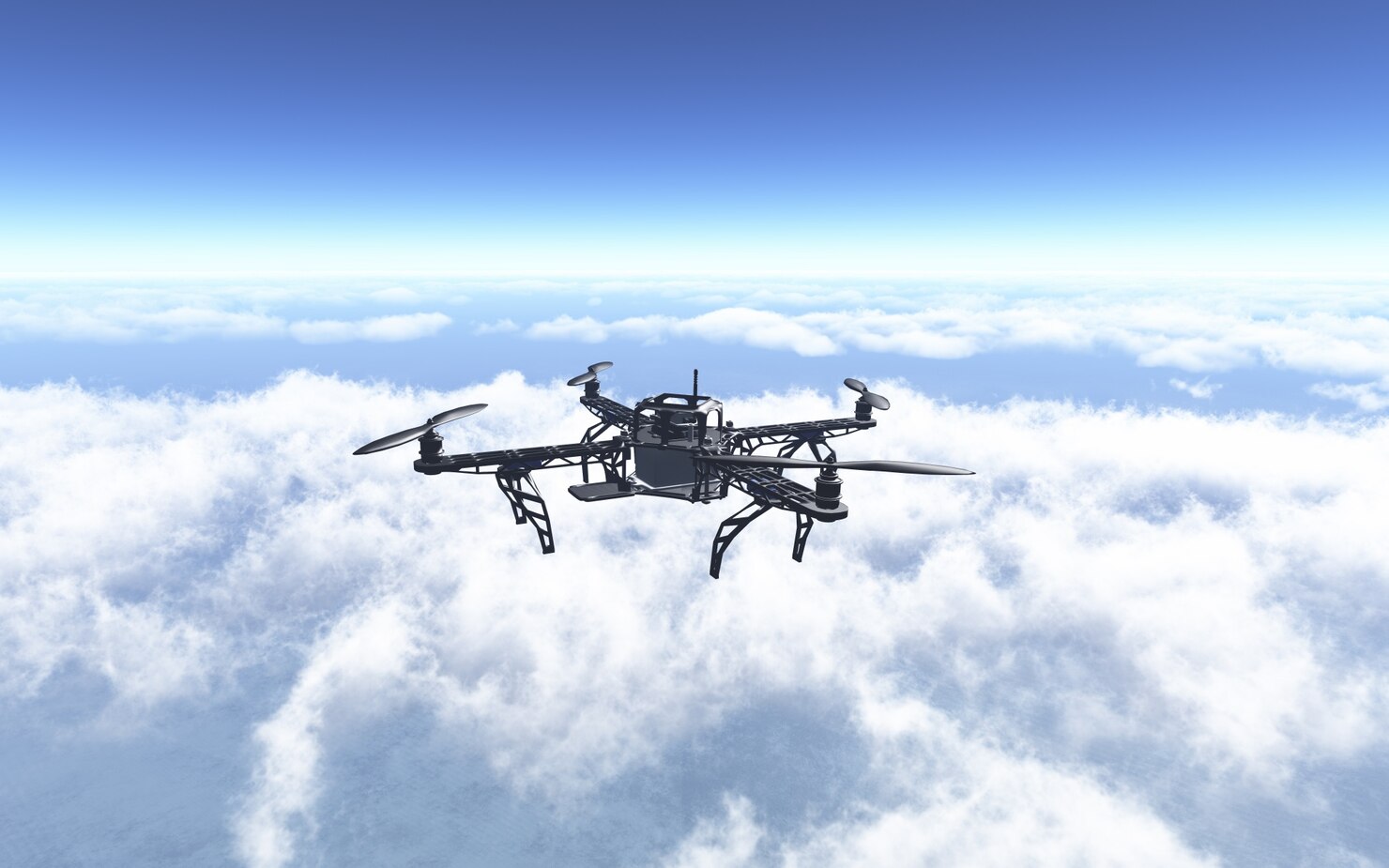
The HAROP has a “man-in-the-loop” control system. Operators monitor their flight and targeting in real-time through a two-way data link, allowing them to abort or reassign missions mid-flight. This flexibility helps decrease collateral damage risk, mainly in urban or sensitive environments.
The drone features electro-optical, infrared, and forward-looking infrared sensors, as well as a colour CCD camera. It also features anti-radar homing capability, allowing it to autonomously target electronic emissions, a valuable asset in Suppression of Enemy Air Defences operations.
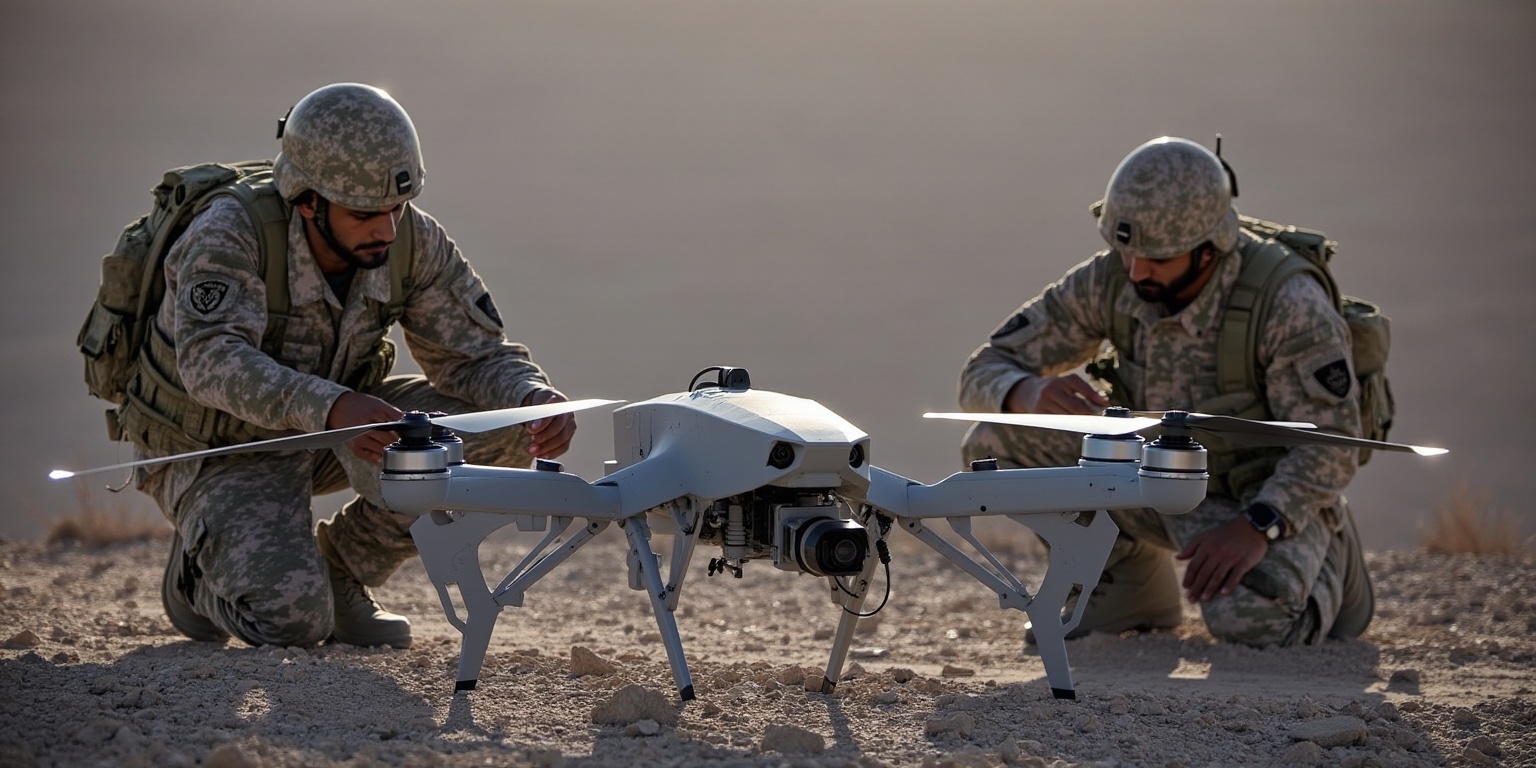
The HAROP has seen combat in several conflict zones. Azerbaijan positioned the drone throughout the 2016 and 2020 Nagorno-Karabakh wars, where it was used to strike Armenian air defences and fortified positions. The system was also active in Syria, with a confirmed 2018 strike on a Russian-made SA-22 Greyhound air defence system, and an added use was reported in December 2024.
While the complete list of operators has not been disclosed, India and Azerbaijan are confirmed buyers. Türkey may have also started deploying the HAROP in 2005.
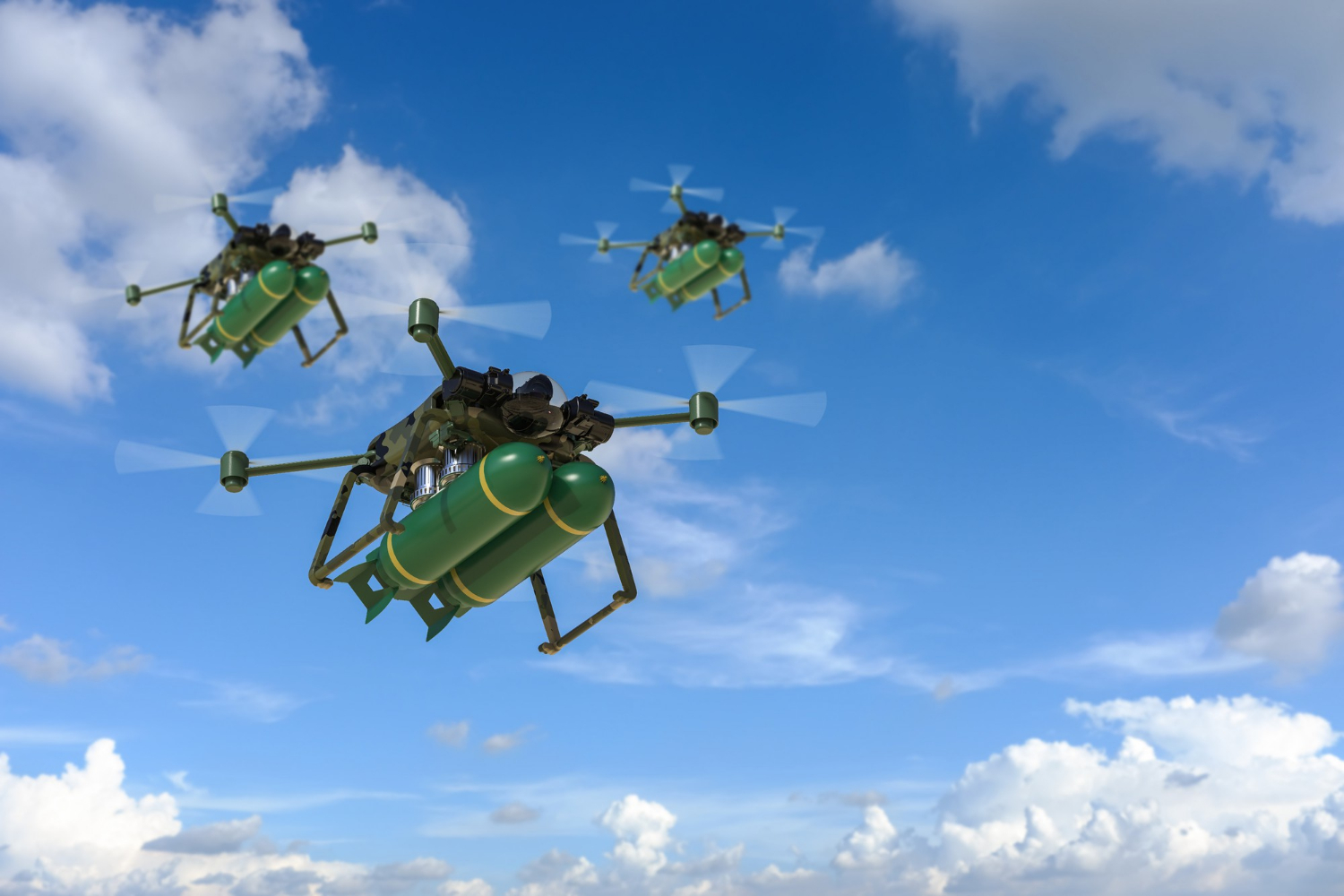
Loitering munitions like the HAROP differ from conventional UAVs or cruise missiles in both design and function. Unlike UAVS, which typically return after a surveillance mission, and cruise missiles that follow predefined routes to fixed targets, loitering munitions hover in contested airspace, waiting for opportunities to strike. They require no advanced intelligence, can operate in jammed environments, and cancel or redirect strikes on the fly—capabilities few missile systems or drones offer.
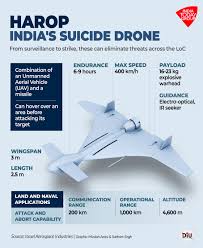
The HAROP is utilized in various military operations, ranging from urban counter-terror missions to high-intensity conflict zones. Its capability to loiter for extended durations makes it perfect for tracking mobile targets. The system can be positioned from mobile ground units or aboard naval vessels, making it adaptable to several tactical needs.
India has augmented its military cooperation with Israel, acquiring around USD 2.9 billion worth of defence equipment over the last decade. The acquisitions have included radars, drones and missile systems, with the HAROP being one of the key acquisitions.
Apart from military strategy, drones are also used in various other commercial applications. There are various features which make drones able for commercial applications as well.

With the increasing development of drone technology, their use for civilian and military purposes has increased greatly. This trend is expected to continue growing from strength to strength, given the current scenario and the increasing interest of governments in various nations in the use of drones.
Due to the growing fascination with drones, there is an increasing demand for drone pilots and instructors, not just in India but worldwide. To become a trained drone pilot, it is essential to enroll in a reputable drone pilot training school, such as Flapone Aviation. We are one of the top drone training institutes in India and it is because we provide top-notch training at a very reasonable price.
Our experts can help assess your needs and suggest the right drone services for your industry.